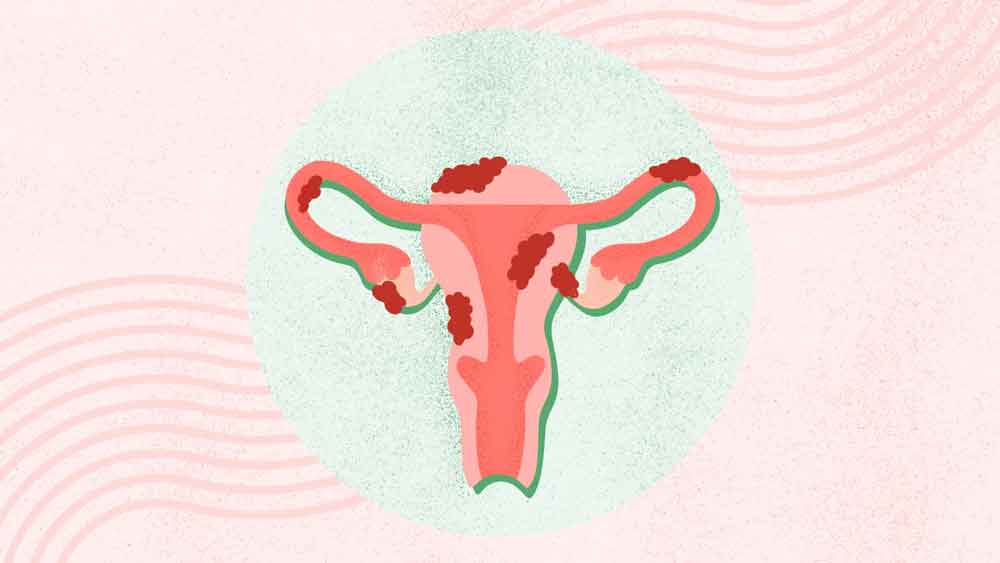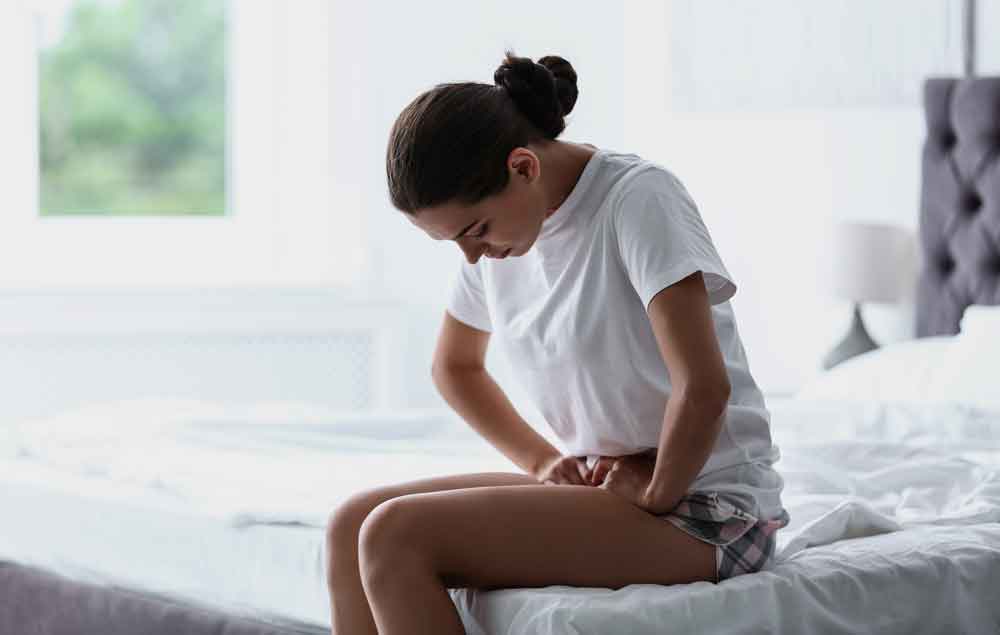If you have ever been told to "just deal with" painful periods, you are not alone. But what if that pain is not just part of being a woman? What if it is actually a medical condition that is quietly affecting one in ten women of reproductive age, and becoming more common?

What exactly is endometriosis?
To put it simply, endometriosis happens when tissue similar to the lining of your womb begins growing outside of it. This tissue is usually found on the ovaries, fallopian tubes or elsewhere in the pelvic area. The problem is that this tissue acts as if it were inside the womb — it thickens, breaks down and bleeds during your period. But because it is outside the womb, it has nowhere to go. This can lead to inflammation, scarring, cysts and in some cases, fertility issues.
Why are more women being diagnosed?
Gynaecologists across India have observed a 20 percent increase in diagnoses of endometriosis, especially among women in their twenties to forties. That is a significant jump. While part of this may be due to better awareness and diagnostic tools, lifestyle and environmental changes could also be contributing.

Signs and symptoms to look out for
The most obvious symptom is intense pelvic pain, especially around the time of your period. However, endometriosis can also cause:
Heavy or prolonged periods
Pain during or after sex
Pain while passing urine or during bowel movements, particularly during periods
Bloating, constipation or diarrhoea
Persistent fatigue
Difficulty conceiving
Feelings of anxiety or low mood
These symptoms can really take a toll, both physically and emotionally, and may vary in intensity from person to person.
Are you more likely to get it?
There is still no confirmed cause of endometriosis, but some factors are believed to increase your risk:
Starting your period at a young age
Having short menstrual cycles
Not having given birth
A family history of the condition
Certain abnormalities in the reproductive organs
And yes, even teenagers can develop endometriosis it is not just a condition that affects older women.
What can you do about it?
There is currently no way to prevent endometriosis altogether, but catching it early and finding the right treatment can make a big difference.
If you feel something is wrong, listen to your body and speak to a doctor who will take you seriously. Diagnosing endometriosis may involve scans or even a minor procedure called a laparoscopy to look inside the abdomen.
Treatment depends on your symptoms and whether you want to have children in the future. Options may include:
Pain relief medication
Hormone therapy to reduce or stop periods
Surgery to remove endometrial tissue
Lifestyle changes like eating well, managing stress and exercising
Fertility support when needed
It is not "just period pain"
Painful periods are not something you should be expected to suffer through. Endometriosis is a real medical condition that deserves care and attention. If your concerns have been dismissed in the past, it does not mean they were not valid.
More women are speaking out, and more doctors are finally listening. With proper care, it is possible to manage the symptoms and protect your wellbeing.